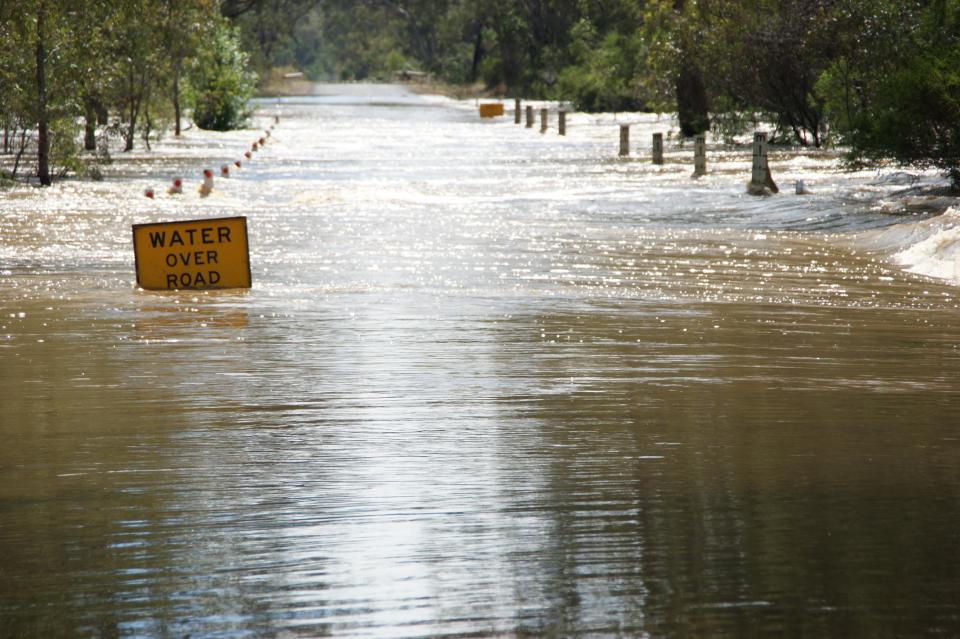
PUBLICATIONS
Published works

Exploring the circumstances surrounding flood fatalities in Australia—1900–2015 and the implications for policy and practice
| Title | Exploring the circumstances surrounding flood fatalities in Australia—1900–2015 and the implications for policy and practice |
| Publication Type | Journal Article |
| Year of Publication | 2017 |
| Authors | Haynes, K, Coates, L, van den Honert, R, Gissing, A, Bird, D, de Oliveira, FDimer, D'Arcy, R, Smith, C, Radford, D |
| Journal | Environmental Science & Policy |
| Volume | 76 |
| Start Page | 165 |
| Pagination | 165-176 |
| Date Published | 10/2017 |
| Abstract | This paper documents the analysis of the circumstances surrounding fatalities due to flooding in Australia between 1900 and 2015. This longitudinal investigation is important to understand changing trends in social vulnerability and to inform efficient and strategic risk reduction strategies. The basis of this analysis was PerilAUS, Risk Frontiers’ database of historical natural hazard impacts in Australia. This data was augmented and verified using coronial inquest records which provide detailed data concerning the social, demographic and environmental circumstances of each fatality. A statistical analysis of the data was undertaken, examining demographics (age, gender), location (state), seasonality, circumstances surrounding the fatality, environmental factors (e.g. the event intensity) and social factors (e.g. the decisions or actions which led to death). Overall there have been 1859 fatalities identified, with distinct trends in relation to gender, age, activity and reason behind the activity. Flood deaths have been declining. The majority of the fatalities are male (79.3%): however, since the 1960s the proportion of female to male fatalities has increased. Children and young adults (<29 years) make up the greatest proportion of the fatalities (53.8% of cases where age is known). The highest proportions of fatalities occurred while victims attempted to cross a flood-impacted bridge or road. The recommendations for emergency management policy and practice are discussed, outlining the need for a new approach that accounts for a continuum of measures including regulation and incentive, education and structural intervention. |
| URL | https://www.sciencedirect.com/science/article/pii/S1462901117301818 |
| DOI | 10.1016/j.envsci.2017.07.003 |
| Refereed Designation | Refereed |
| Full Text |
Published Works


